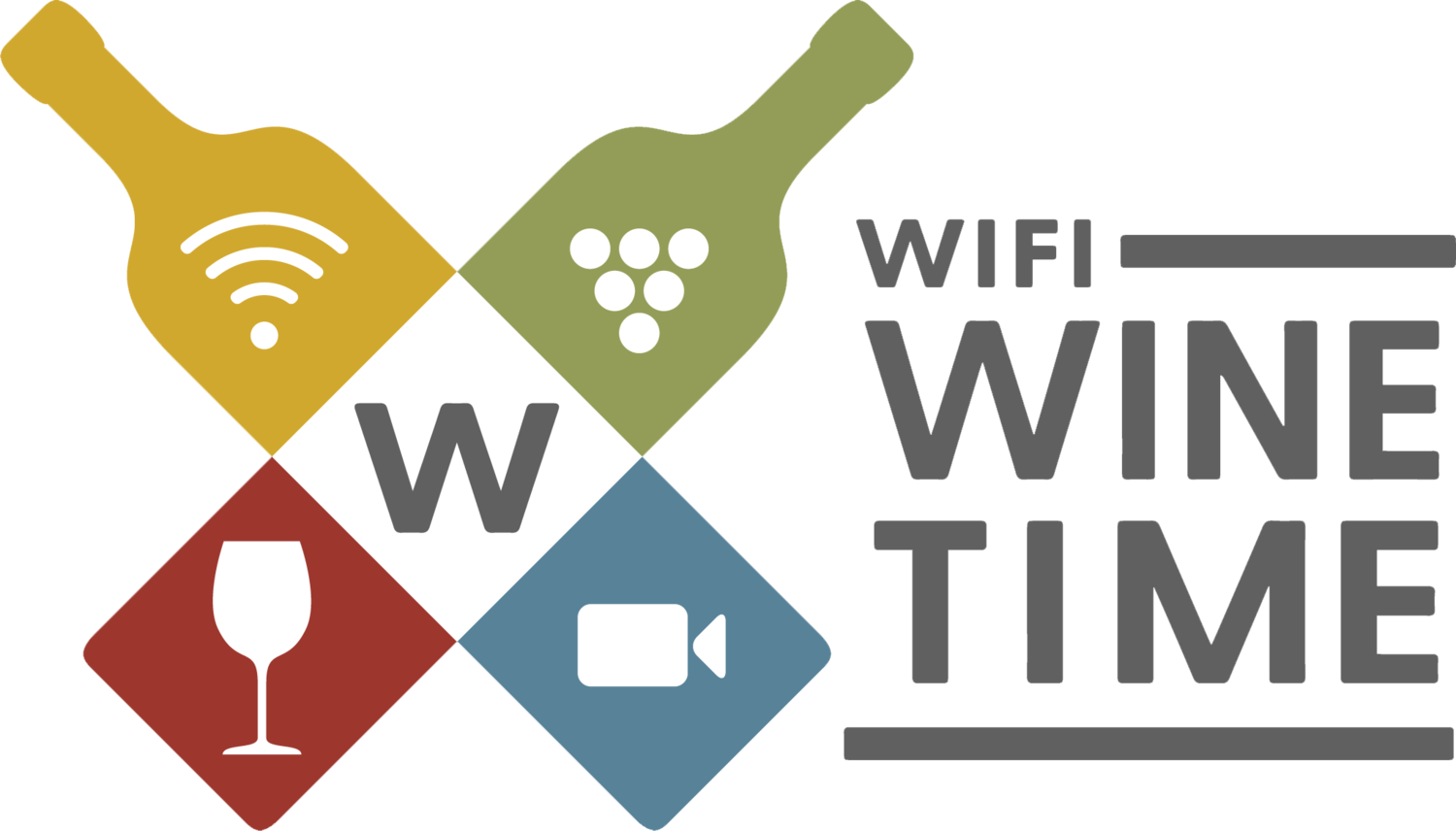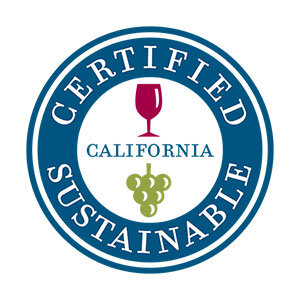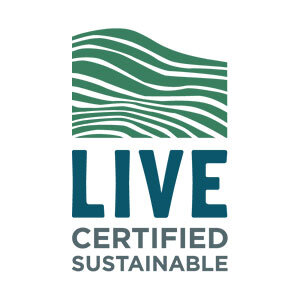Sustainable vs Organic - what does it all mean?
The concern with eating and drinking better quality products while caring for the environment has long been in the mind of the better food and wine consumer.
Nowadays it seems that there are at least two or three words before you can get to what it is really you will be ordering from the restaurant's menu.
When you thought the wine world couldn’t get any more complicated, a whole new slew of titles and certifications were added to the already confusing labels and wine reviews.
This is because a tremendous focus has been placed not only in identifying precisely what you are consuming but also in providing you with the background information on that product.
Where did it come from? What country, estate, farm? What agricultural practices were applied? Pesticides, Herbicides, Free Range, Organic, Sustainable, Biodynamic, etc.?
So, with the demands from the consumer for clarification on these issues there is a lot of information out there.
When searching for inspiration to write about this I came across this excellent work done by Kendal-Jackson’s Sustainability Team.
In a very concise way, they go straight to the point of what it all means and, most importantly, why should you care!
Happy eating, dinking and reading!
Eugenio
Organic. Biodynamic. Sustainable. These days, it appears that most wine is stickered with at least one of these terms or certifications. But what do they really mean when it comes to drinking your favorite glass of wine?
To get to the root of all the confusion, we want to look at what differentiates these certifications — the winemaking process. So, let’s break it down for each certification and trace the journey of sustainable wines from grape to glass:
WHAT’S THE DIFFERENCE BETWEEN ORGANIC, SUSTAINABLE AND BIODYNAMIC WINES?
ORGANIC WINE
USDA Organic certified wines boast that your wine does NOT at any point during the winemaking process contain – synthetic fertilizers, pesticides, and other chemicals. When grapes begin growing in the vineyard, these agents are absent. As grapes are grown, harvested, and made into wine, any additives are also organically grown, free of any genetically modified organisms (GMOs) and sulfites, preservatives with antioxidants and antibacterial properties.
What does this mean for you? When you purchase a bottle of USDA Organic wine at your local store, you can rest assured that your wine has 100% organically grown ingredients. However, the lack of sulfites, currently the best natural wine preservative, means that your organic wine has a shorter shelf life. Moreover, your organic wine will likely not age as well, which means you may lose out on the robust flavors that come with aging, as well as be subject to a fair amount of variability from bottle to bottle.
BIODYNAMIC WINE
Like organic wines, biodynamic wines contain no chemicals and additives throughout the winemaking process. As grapes grow, they are free of any synthetic fertilizers, pesticides, and chemicals. When grapes are harvested and made into wine, they too are free of any GMOs and sulfites. Biodynamic wines differ from organic wines in that they take the entire ecosystem into consideration as grapes are grown. To be certified under either of the two biodynamic wine certifications – Demeter and Biodyvin – vineyards must maintain exceptional soil health and vintners must time their planting schedules with lunar cycles to ensure the best agricultural health.
What does this mean for you? If you buy a wine bearing a biodynamic certification, you know that your wine has been made with 100% organically grown ingredients and that the entire ecosystem, from the soil to the moon, was factored in to the winemaking process. However, like organic wine, your biodynamic wine’s absence of sulfites means a shorter shelf life and limited aging abilities.
SUSTAINABLE WINE
Sustainable wines aim to have a winemaking process that protects the environment, supports social responsibility, maintains economic feasibility, and produces high quality wines. As grapes are grown, harvested, and made into wine, a multitude of environmental factors are prioritized. This includes everything from maintaining biodiversity on vineyards to ensure soil health, to implementing recycling measures that conserve water as grapes are growing, to utilizing renewable energy technology like solar, as wine is being produced.
What does this mean for you? When you grab a bottle of wine marked with a sustainability certification, you know that your wine was made with the environment, social responsibility, economic viability, and high quality in mind. Unless otherwise stated, your sustainable wine is likely not made with 100% organically grown ingredients and may very well have some additives, such as sulfites, to ensure a longer shelf life and more robust flavors that come with aging.
WHAT ARE THE DIFFERENT TYPES OF SUSTAINABLE WINE CERTIFICATIONS AND WHAT DO THEY MEAN?
It can be easy to get caught up in the many sustainable wine certifications floating around out there, so to make it easier, we’re highlighting the leaders in the industry:
CERTIFIED SUSTAINABLE: Introduced in 2010, Certified California Sustainable Winegrowing (CERTIFIED SUSTAINABLE) is administered by the California Sustainable Winegrowing Alliance (CSWA), a leader in promoting sustainable winegrowing practices within the California wine industry. CSWA is a nonprofit organization created in 2003 by Wine Institute and the California Association of Winegrape Growers.
SIP: Sustainability in Practice (SIP) Certified is a rigorous sustainable vineyard and winery certification with strict, non-negotiable requirements, committed to standards based on science and expert input, independent verification, transparency, and absence of conflict of interest.
LIVE Certified: Low Input Viticulture & Enology (LIVE) supports environmentally and socially responsible winegrowing through third-party certification and education. They are rooted in the Pacific Northwest and are internationally accredited.
Napa Green: Napa Green is a comprehensive sustainability certification program for vineyards and wineries in the Napa Valley. Soil-to-bottle stewardship includes protecting and restoring the Napa River watershed, saving energy and water, reducing waste and carbon footprint, and being conscientious employers and good neighbors.
Salmon-Safe: Salmon-Safe is one of the nation’s leading ecolabels with more than 95,000 acres of farm and urban lands certified in Oregon, Washington, California and British Columbia. Through their peer-reviewed certification and accreditation program, they implement farming practices and developments that protect water quality, maintain watershed health and restore habitat.





